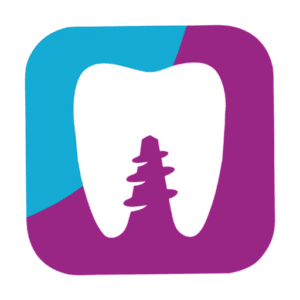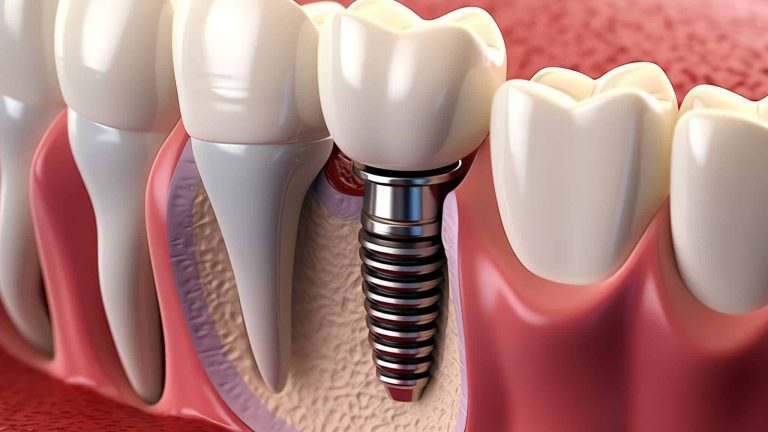Choosing the right toothbrush is essential for maintaining good oral health. However, with the variety of options available on the market, it can be challenging to identify the most suitable one based on age, specific needs, or even ongoing dental treatments such as orthodontics.
In this article, we will explore the main characteristics you should consider when choosing a toothbrush and how to adapt it to different life stages and dental conditions.
Key Factors to Consider When Choosing a Toothbrush
Before diving into details by age and needs, there are some basic aspects you should always consider:
- Soft bristles:
- Dentists generally recommend soft bristles as they are less aggressive on gums and tooth enamel.
- Head size:
- A smaller head makes it easier to access hard-to-reach areas, such as back molars.
- Ergonomic handle:
- Ensure the handle is comfortable and provides a good grip for effective cleaning.
- Manual or electric:
- Electric toothbrushes are ideal for individuals with limited mobility or those seeking a deeper clean, while manual brushes are equally effective when used correctly.
Toothbrushes by Age
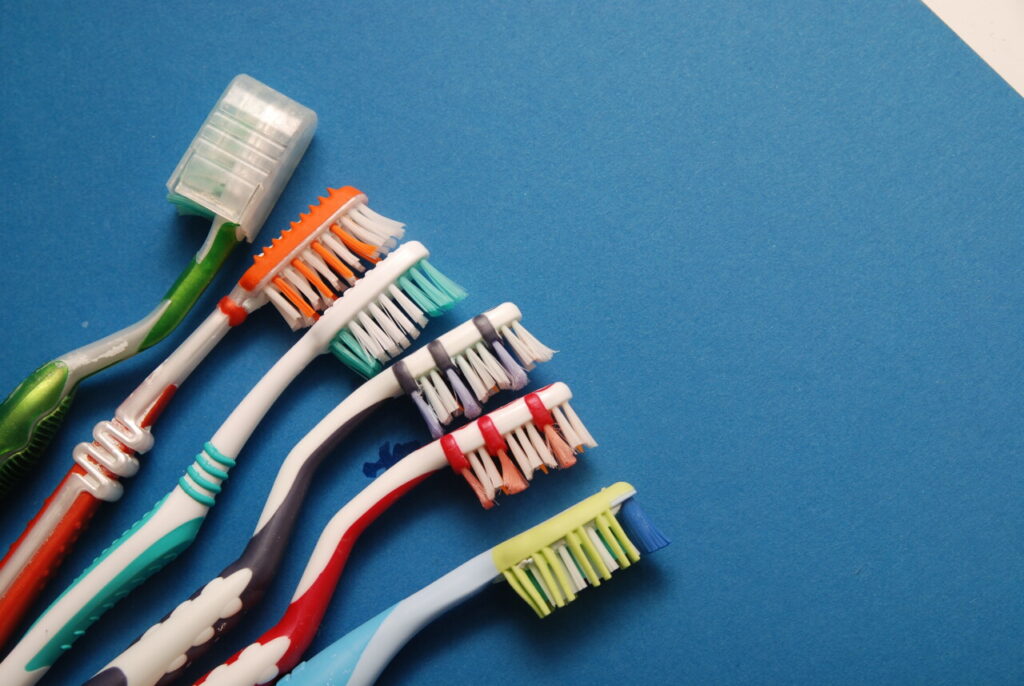
1. For Children (0 to 12 years)
Children’s dentition requires special care, and the toothbrush should match their size and sensitivity.
Recommended Features:
- Extra soft bristles:
- Protect delicate gums and effectively clean baby teeth.
- Small head:
- Makes it easier to reach small teeth and reduces the risk of irritation.
- Non-slip handles and bright colors:
- Help children grip the brush correctly and make the experience more enjoyable.
Practical Tips:
- Replace the toothbrush every 2–3 months or when the bristles show wear.
- For babies, use finger brushes with silicone bristles.
- As children grow and molars appear, choose brushes with longer heads.
2. For Teenagers and Adults (13 years and older)
Teenagers and adults have more advanced needs, including cavity prevention, plaque control, and gum health.
Recommended Features:
- Soft or medium bristles:
- Soft bristles are ideal for sensitive gums, while medium ones can help with more vigorous cleaning.
- Standard-sized head:
- Ensures thorough cleaning of all dental surfaces.
- Optional: Electric toothbrushes:
- Electric toothbrushes are highly effective at removing plaque and tartar, especially those with rotary or oscillating heads.
Practical Tips:
- If you have specific issues such as receding gums or stained teeth, consider specialized brushes.
- Replace your toothbrush every 3 months or sooner if the bristles appear worn.
3. For People with Orthodontics
Dental care during the use of braces or other orthodontic devices requires specific tools to clean around the appliances.
Recommended Features:
- Interdental brushes:
- Designed to clean between brackets and hard-to-reach areas.
- V-shaped brushes:
- V-shaped bristles are designed to clean around brackets without damaging them.
- Soft bristles:
- Reduce the risk of gum irritation.
Electric Brushes for Orthodontics:
- Many electric toothbrushes have special heads for orthodontics, which help clean difficult areas more effectively.
Practical Tips:
- Complement your toothbrush with mouthwash and a dental irrigator for complete cleaning.
- Make sure to brush after every meal to avoid plaque buildup around the brackets.
When to Consider an Electric Toothbrush
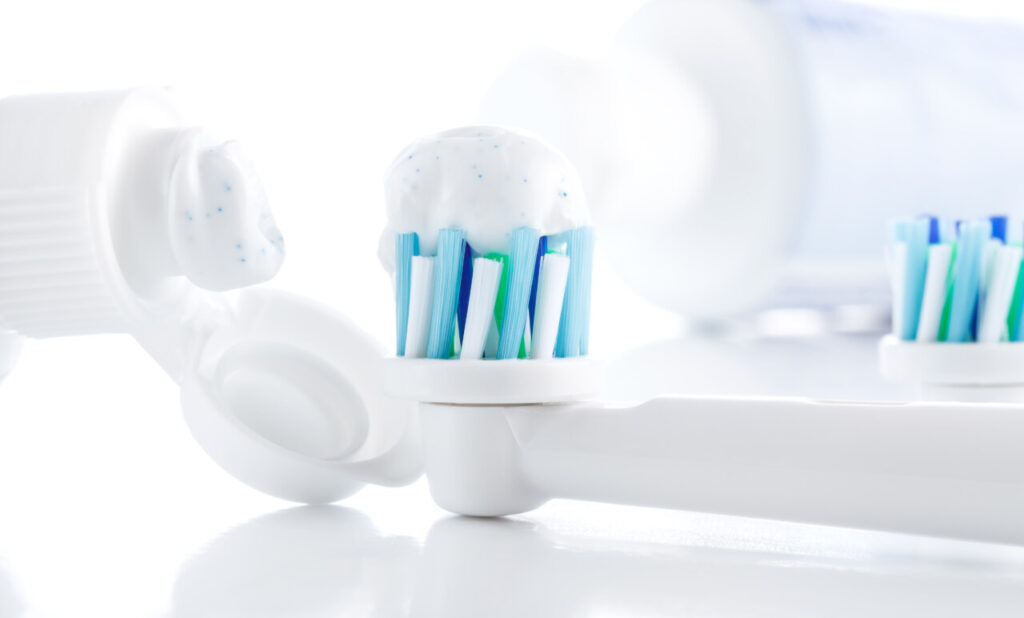
Although manual brushes are effective when used correctly, electric brushes offer specific advantages:
- Better plaque removal:
- Studies have shown that electric toothbrushes are more effective at reducing plaque and gingivitis.
- Pressure indicators:
- Some models have sensors that alert you if you’re brushing too hard, protecting your gums.
- Built-in timers:
- Ensure you brush for the recommended two minutes.
Electric toothbrushes are especially useful for individuals with limited mobility, children who need extra motivation, or patients with orthodontics seeking a deeper clean.
Common Mistakes When Choosing and Using a Toothbrush
- Using bristles that are too hard:
- Can damage enamel and cause gum recession.
- Not replacing the brush regularly:
- Worn bristles are less effective at cleaning teeth.
- Choosing a brush that’s too large:
- Can make it difficult to clean back teeth.
- Brushing too hard:
- This doesn’t compensate for poor technique and can harm gums and enamel.
Caring for Your Toothbrush
- Rinse the brush after each use:
- To remove toothpaste residue and bacteria.
- Store it in a dry place:
- Avoid covering it with airtight caps that promote mold growth.
- Don’t share your toothbrush:
- Each family member should have their own brush.
Conclusion
Choosing the right toothbrush not only improves oral hygiene but also helps prevent long-term dental problems. Whether you’re looking for a toothbrush for a young child, an adult, or someone with orthodontics, the available options can perfectly suit your needs. Remember that the most important thing is to maintain a consistent dental care routine and consult your dentist regularly.
If you have questions about which toothbrush is best for you, don’t hesitate to visit us at Clínicas La Guardia. We are here to help you take care of your smile!


